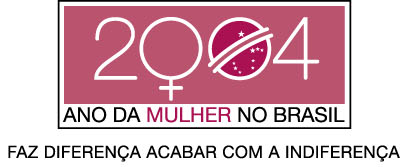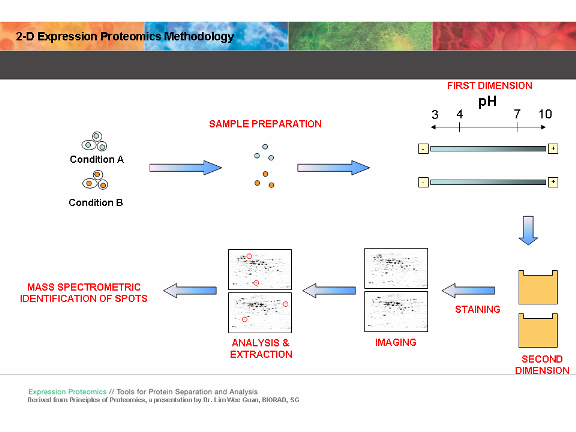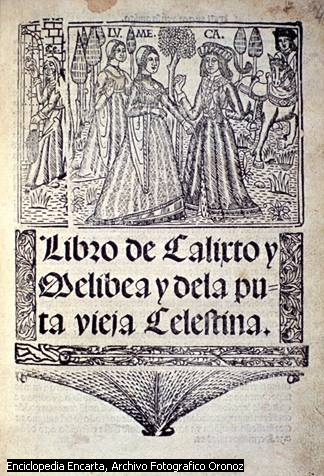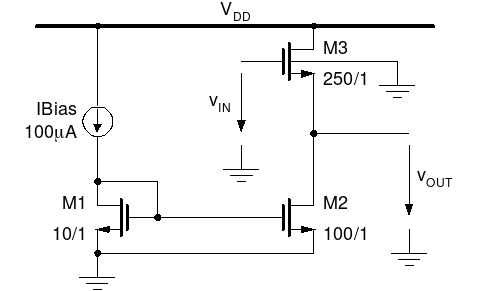pulling small tubing and optical fibers on the p-2000/f the sutter instrument p-2000 pipette puller was designed to allow the pulling
Pulling Small Tubing And Optical Fibers On The P-2000/F
The Sutter Instrument P-2000 pipette puller was designed to allow the
pulling of high melting point glasses such as fused silica. The
standard P-2000/G is a very versatile instrument, capable of pulling a
wide variety of tapers and tips sizes from all standard glass types in
sizes from 0.5 mm to 1.5 mm in diameter. The use of smaller diameter
glass is only limited by the system used to clamp the glass.
The glass is clamped by screw pressure in a V-shaped groove cut in the
glass carrier. If the glass diameter is too small, the glass will lay
in the groove below the surface of the carrier bar, and the clamping
pad will not be able to apply pressure against the glass. The simple
solution for this problem is to use carrier bars with a smaller groove
cut in them. Sutter Instruments has supplied pullers fitted with such
carrier bars on request for many years. The development of the P-2000,
with the ability to draw fused silica, has led to increased interest
in drawing small diameter tubing and optical fibers. Because of this
interest, Sutter Instruments now produces a version of the P-2000 that
is adapted for small diameter glass. This version can be specified as
the P2000.F. The version for larger diameter glass has been renamed
the P2000/G.
The P2000/F can also be used with larger diameter tubes, and each
P2000/F is first tested with 1 mm tubes extensively before final
adjustments and testing with 125 micron fused silica optical fiber.
The only real disadvantage of the P2000/F for larger diameter glass is
that more care is required to properly clamp larger tubes in the small
V-grooves of the P2000/F. The position of the center of the glass is a
function of the glass diameter, so some adjustment of the optics may
be desirable when changing the diameter of the glass to be pulled. In
most cases adjustment of program values will be all that is required.
The P-2000/F has the same basic features as the standard P-2000/G. The
power to melt the glass comes from a CO2 laser embedded in the unit.
The laser output power is servo controlled. The output power level is
programmed by the user. Each unit is set up to provide a maximum power
of 10 Watts CW, which is enough to melt fused silica of up to 1.5 mm
in diameter. The optical system of the P-2000 concentrates the laser
output so that small diameter fused silica such as optical fibers may
be drawn using less than 1/4 of the rated power.
The laser beam is directed at the glass by reflection off a scanning
mirror. The user can select, by entering a program value, the scan
pattern that is used. This allows the user to determine the
distribution of heating along the length of the glass, which in turn
controls the geometry of the taper.
In the P-2000 the laser system has been carefully integrated with the
technology derived from our long experience with conventional pullers.
It is obvious that a glass puller needs a means of heating the glass
to a suitable working temperature and a means of applying force to
draw the glass. In most cases, heat is applied while the glass is
under a low tension or pull. When the glass begins to soften and
yield, the heating is ended and a strong pulling force is applied,
drawing the glass apart.
In the P-2000 the weak pull is provided by gravity. The softening of
the glass is determined by measuring the velocity at which the glass
is being drawn out by the weak pull. When the velocity reaches the
level programmed by the user, the next stage of the pulling process
begins. At this point the user has the option of turning off the laser
and then, after a delay, turning on the hard pull or turning on the
hard pull immediately and delaying the turn-off of the laser. This
provides a very sensitive control over the heat content of the glass
during the hard pull.
Using this version of the P-2000, a wide range of tip sizes and taper
lengths may be produced. We have drawn fiber tips ranging from less
than 10 nanometers in diameter up to more than 0.5 micrometer in
diameter. Each unit is programmed and tested to produce tips of about
40 nanometers in diameter. These tips appear to be flat on the end.
T
he following sample SEM photos show a 60nm fiber tip and a 40nm fiber
tip (after subtracting for the 10nm gold coating put on for viewing
the tips under the SEM) produced on a P-2000 set up to pull optical
fibers.
One Digital Drive, Novato CA 94949
tel: (415) 883-0128 fax: (415) 883-0572 email: [email protected]
 POLÍTICAS PARA LAS MUJERES UN DESAFÍO PARA LA IGUALDAD
POLÍTICAS PARA LAS MUJERES UN DESAFÍO PARA LA IGUALDAD ECCLESIASTICAL ENDORSEMENT FOR VETERANS AFFAIRS CHAPLAINCY APPLICANT INFORMATION
ECCLESIASTICAL ENDORSEMENT FOR VETERANS AFFAIRS CHAPLAINCY APPLICANT INFORMATION COLUMBARIO SAN MIGUEL (NUESTRAS RESPUESTAS SE HALLAN EN LA
COLUMBARIO SAN MIGUEL (NUESTRAS RESPUESTAS SE HALLAN EN LA VERMONT GENETICS NETWORK PROTEOMICS LAB MANUAL INSTRUCTION TEAM
VERMONT GENETICS NETWORK PROTEOMICS LAB MANUAL INSTRUCTION TEAM İŞ SAĞLIĞI VE GÜVENLİĞİ POLİTİKASI İŞ AMAÇLARIMIZ KADAR
İŞ SAĞLIĞI VE GÜVENLİĞİ POLİTİKASI İŞ AMAÇLARIMIZ KADAR GRAD LEPOGLAVA POVJERENSTVO ZA POLJOPRIVREDU I RURALNI RAZVOJ ANTUNA
GRAD LEPOGLAVA POVJERENSTVO ZA POLJOPRIVREDU I RURALNI RAZVOJ ANTUNA SECRETARIA DE HACIENDA Y CREDITO PÚBLICO SERVICIO DE ADMINISTRACIÓN
SECRETARIA DE HACIENDA Y CREDITO PÚBLICO SERVICIO DE ADMINISTRACIÓN TRES OBRAS LITERARIAS LA CELESTINA (ADAPTACIÓN JUVENIL) ………………………
TRES OBRAS LITERARIAS LA CELESTINA (ADAPTACIÓN JUVENIL) ……………………… DIFUSOR COMBINADO KWB TEXTOS DE ESPECIFICACIÓN DIFUSOR COMBINADO PARA
DIFUSOR COMBINADO KWB TEXTOS DE ESPECIFICACIÓN DIFUSOR COMBINADO PARA NAME SID NAME OF STUDENT AT YOUR
NAME SID NAME OF STUDENT AT YOUR